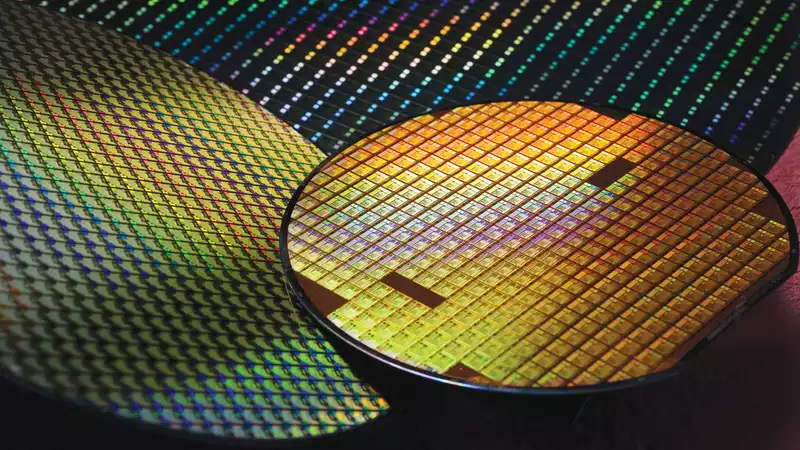The good news is that TSMC is building two 2nm plants and expects to start producing chips made at the new node in volume next year. This is important, because if you want faster graphics cards, you need more advanced silicon. The question is how expensive that 2nm silicon will be. [The first two 2nm fabs producing silicon, which TSMC calls the N2 node, are both in Taiwan, and TMSC is focused on producing cutting-edge chips.
"Our N2 technology development is progressing well, with device performance and yields on or above plan, and N2 is on track for volume production in 2025 with a similar ramp-up profile to N3," said TSMC CEO C.C. Wei (via Anandtech).
Wei also stated that TSMC's version of the N2 node will implement the same backside power routing solution that Intel is touting in its 20A silicon for its Arrow Lake family of CPUs due out next year.
"As part of the N2 technology platform, we have also developed N2 with a backside power-rail solution.
Intel believes that backside power is a major Hallelujah moment for chip manufacturing. If true, TSMC's N2 node could be an even bigger leap than usual in performance and efficiency.
In other words, at least according to TSMC, the new node will perform well, arrive on schedule, and deliver more complex and powerful chips that will all gain momentum. Of course, TSMC currently manufactures both the RTX 40 family of graphics chips and AMD's RX 7000 series. And Intel's ARC GPUs.
Speaking of Intel, we heard today that it is officially opening its own $3.5 billion factory in New Mexico to specialize in the production of its latest chiplet-based CPUs, such as those found in its Meteor Lake laptop processors.
Thus, if N2 is what TSMC says it is, at least two generations of GPUs are over in terms of more advanced silicon manufacturing nodes. This is because the latest GPUs are manufactured on TSMC's N5 node (or its variants, including N4). The next generation of graphics will probably appear later this year on TSMC's N3 silicon, and GPUs on this new N2 process will probably be announced in or around late 2026.
If all this is promising, the problem may be financial, as mentioned above. According to financial analyst Dan Nystedt, the cost of a silicon wafer for a chip produced by TSMC has nearly doubled from about $3,500 to just under $7,000 today.
And this is an average cost. According to some analysts, TSMC is now charging as much as $20,000 per wafer for chips manufactured at the latest N3 node. Interestingly, despite rising prices, TSMC's production is actually declining.
In the last quarter of 2023, TSMC announced that it shipped 2.957 billion advanced 300mm-class wafers; in the same quarter of 2022, this figure was 3.702 billion. These factors present a somewhat complicated picture.
However, it seems likely that future GPUs will only be more expensive to manufacture at TSMC's N3 and N2 nodes compared to current N5-derived silicon. So, with apologies to those who were hoping that we would eventually return to the days when $400 could buy a fairly high-end graphics card, it really doesn't look like that is going to happen.


Comments